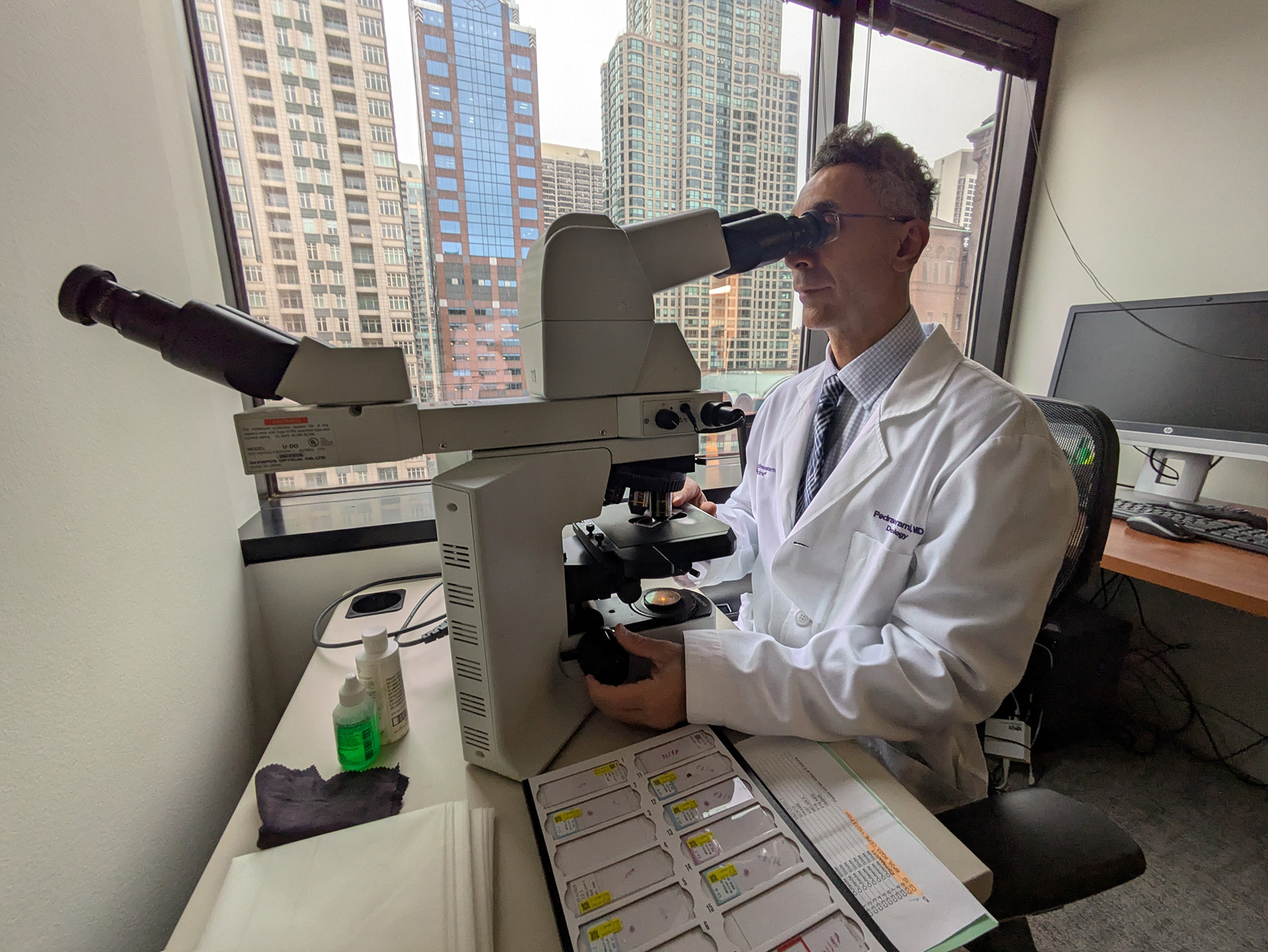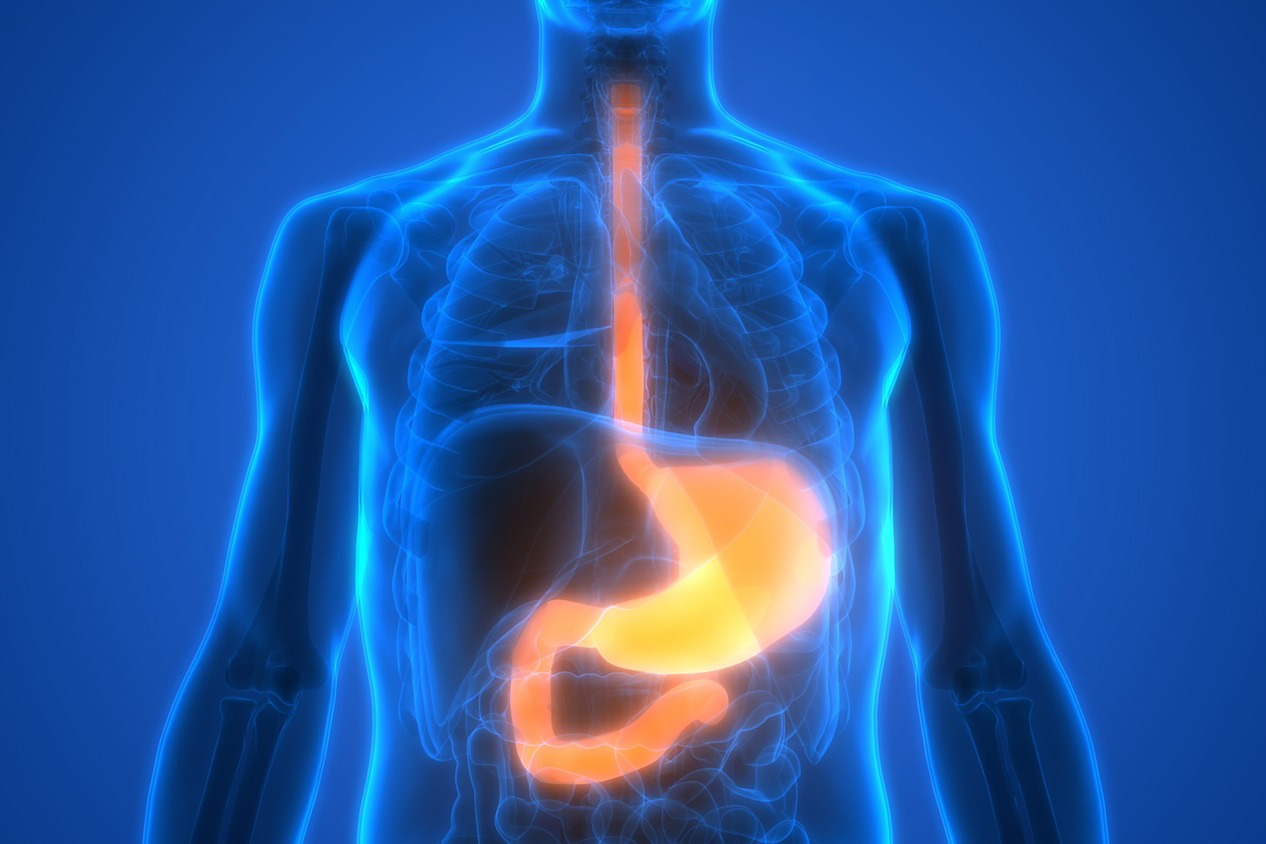Media Coverage
The work done by Northwestern University Feinberg School of Medicine faculty members (and even some students) is regularly highlighted in newspapers, online media outlets and more. Below you’ll find links to articles and videos of Feinberg in the news.
-
US News & World Report
–
Laughing, Crying Are Normal But Rare Responses To Orgasm, Women’s Study Reveals
For the new study, researchers surveyed more than 3,800 women after they viewed a short video posted on social media that explained these reactions, which are called peri-orgasmic phenomena. A little more than 2% of the women — 86 total — said they’d experienced such a response, researchers recently reported in the Journal of Women’s Health.
“Women need to know that if they have uncontrollable peals of laughter every time they orgasm (and nothing was funny), they are not alone,” lead researcher Dr. Lauren Streicher said in a news release. She’s a clinical professor of obstetrics and gynecology at Northwestern University Feinberg School of Medicine in Chicago.
-
CBS Chicago
–
Severe flu season overwhelming Chicago area hospitals with more patients visiting ERs
Emergency department visits and hospitalizations for the flu are at their highest levels in three years in Chicago, and experts said it’s not ending any time soon.
“This year, we’re worried, because this amount of activity, although not unexpected, is really high,” said Dr. Matthew Kippenhan, the medical director of the emergency department at Northwestern Memorial Hospital.
-
NBC Chicago
–
How long are you contagious with flu? The answer might be longer than you think
The bulk of hospital admissions and ER visits associated with respiratory illnesses were made because of flu symptoms, according to officials. And experts warn “we haven’t peaked yet.”
Dr. Santina Wheat, a family physician with Northwestern Medicine, shared similar thoughts in an interview with NBC Chicago, explaining an uptick in cases might occur within the next week as children head back to school.
-
Wall Street Journal
–
Hospitals Are a Proving Ground for What AI Can Do, and What It Can’t
Samir Abboud, chief of emergency radiology for Northwestern Medicine, thought he was already working at maximum speed. In a carefully honed routine, aided by voice dictation, he could finish writing an X-ray report in as little as 75 seconds.
-
CNN
–
Bruising on Trump’s left hand sparks renewed questions about his health
And while medical experts told CNN there is no fresh cause for concern, calling it a likely benign condition common in older people, they warned that Trump’s reluctance to be more transparent about his health only threatens to intensify the scrutiny that he’s struggled all year to escape.
“They’re just feeding the curiosity cycle,” said Dr. Jeffrey Linder, chief of general internal medicine at Northwestern University’s Feinberg School of Medicine. “He’s in the public eye, he has a certain image he wants to portray, and even these minor things detract from that image.”
-
US News & World Report
–
Gestational Diabetes Increasing Steadily In The U.S.
Gestational diabetes increased by 36% between 2016 and 2024, increasing from 58 to 79 cases for every 1,000 births, researchers reported Dec. 29 in JAMA Internal Medicine.
“Gestational diabetes has been persistently increasing for more than 10 years, which means whatever we have been trying to do to address diabetes in pregnancy has not been working,” senior researcher Dr. Nilay Shah said in a news release. Shah is an assistant professor of cardiology at Northwestern University Feinberg School of Medicine in Chicago.
-
US News & World Report
–
Pills, TikTok and Weight-Loss Apps: the Consumer-Driven Future of GLP-1s
Novo’s Wegovy and Lilly’s Zepbound are sold in pre-filled injector pens used once a week. Weight-loss pills, taken daily, could help reach people who do not like needles, offer more flexibility to “microdose” with smaller amounts of the drug or allow people to take a pill on some days and skip others, analysts and telehealth firms said.
“They’re taking medicine out of medical and making it more of something you can purchase on a regular market,” said Lindsay Allen, a health economist at Northwestern University’s Feinberg School of Medicine, of the telehealth model for GLP-1s. “They’re treating it like you can now come purchase a smartphone.”
-
New York Times
–
It’s Time to Give the Ovary Some More Respect
In her training as a reproductive biologist, Dr. Duncan had learned to disregard most components of the ovary — everything besides the egg and its follicle was literally trashed. But what she observed in the mice made clear that other tissues might be critical to the egg’s development.
“The egg needs this whole village,” said Dr. Francesca Duncan, now a professor of reproductive science at Northwestern’s Feinberg School of Medicine.
-
Crain’s Chicago Business
–
Northwestern scientists develop experimental drug for early Alzheimer’s intervention
Northwestern University scientists are developing an experimental drug that could serve as an early intervention for Alzheimer’s disease.
NU-9 was invented by Richard Silverman, the Patrick G. Ryan/Aon Professor in Weinberg’s College of Arts & Sciences in the department of chemistry. He famously invented Lyrica, a drug for treating fibromyalgia, nerve pain and epilepsy. Lyrica was successfully developed and marketed by Pfizer.
-
Chicago Tribune
–
Who gets invited to the table? Holiday gatherings offer a lesson in leadership
Last year, a doctor of physical therapy program at an institution of higher education faced an all-too-familiar challenge: how to celebrate the holidays in a way that felt meaningful for everyone. Instead of defaulting to the traditional catered lunch and gift exchange, the director invited faculty, staff and graduate students to co-create the event.
This is an op-ed written by Dawn S. Brown, assistant chair of curricular affairs and an assistant professor at Northwestern University Feinberg School of Medicine, in the Department of Physical Therapy and Human Movement Sciences.






